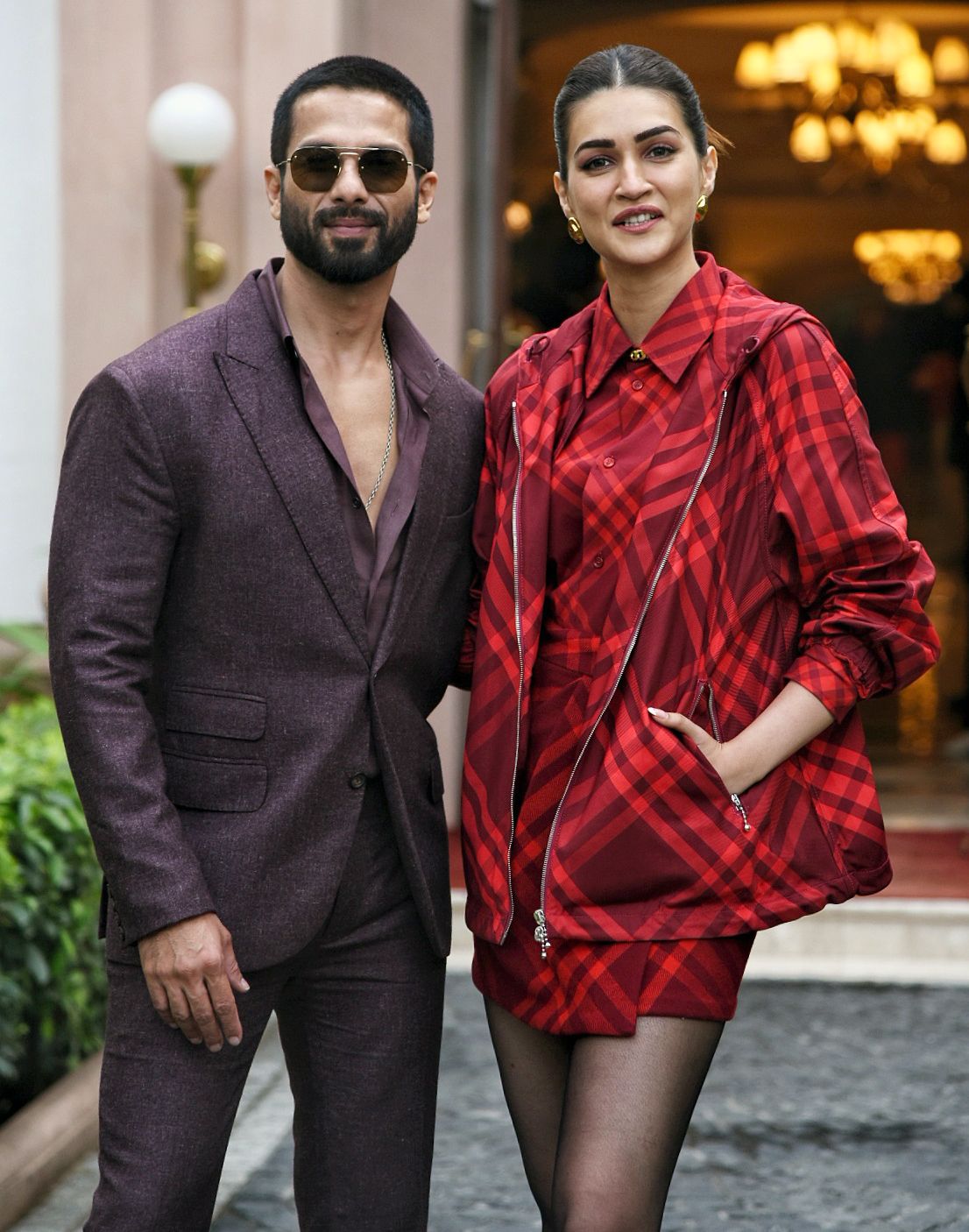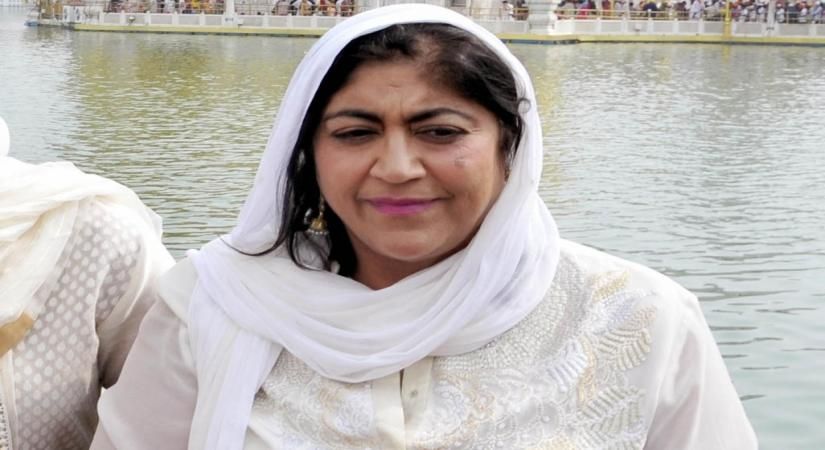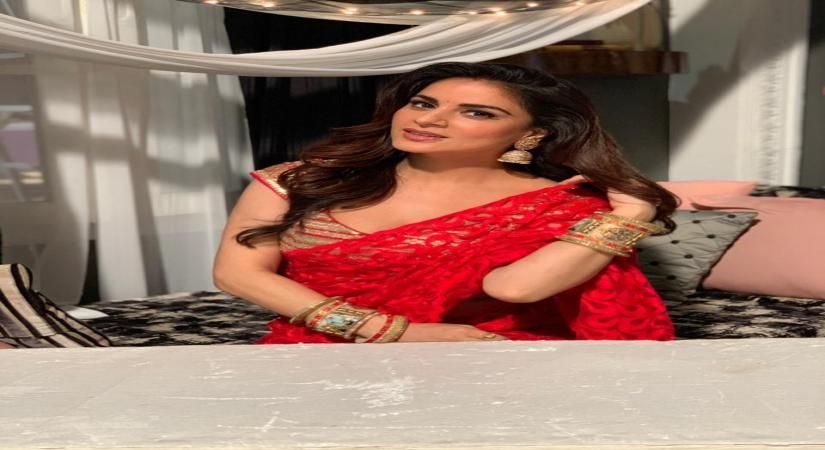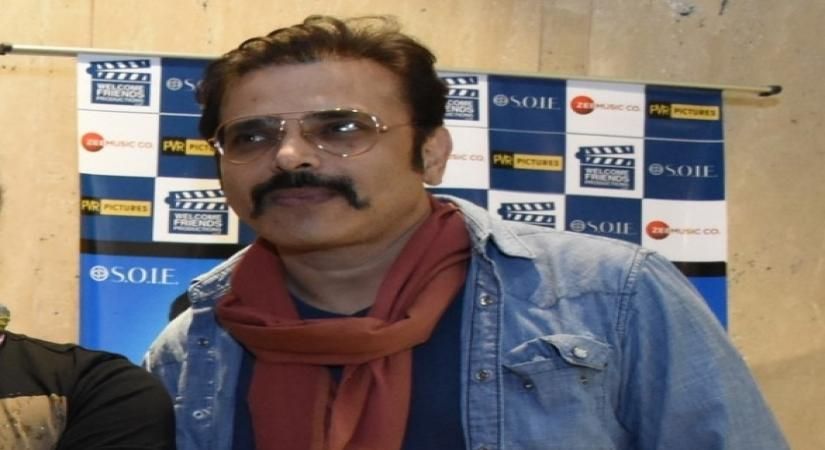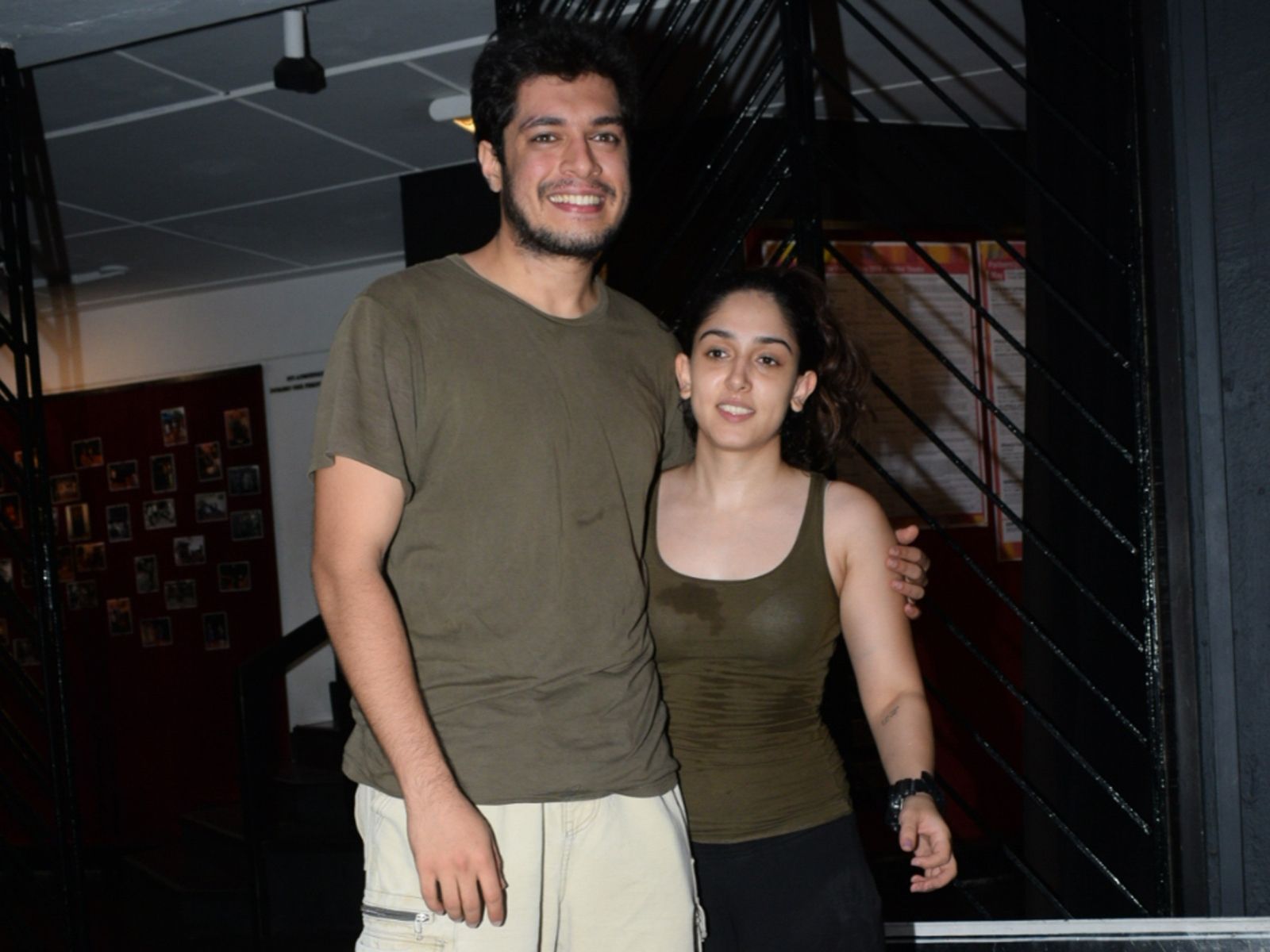|
New Delhi, March 23 (IANS) Somewhere close to the year 2000, as an informal consultant, renowned art historian B.N. Goswami was going over the San Diego Museum of Arts' holdings of Indian paintings, nearly all of which came from the collection of American billionaire Edwin Binney III. Among the things he saw was the manuscript of the Mysore Bhagvata, the 10th book of the Bhagavata Purana and was "charmed".
Nothing happened for years despite famous corporate strategy guru C.K. Prahlad donating a fairly large sum of money to the museum and proposing that the manuscript - that had been commissioned by Maharaja Krishnaraja Wodeyar III (1794-1868) - be published in its entirety, and that Goswamy be the one to oversee the project.
Jas Grewal, who head the support group for Indian art at the museum and was also a close friend of CK, took up the matter with vigour and got the museum to see the publication of the manuscript through.
The outcome: "The Great Mysore Bhagavata", jointly published by the San Diego Museum of Arts and Niyogi Books, a fascinating tour de force that impresses with the depth of Goswamy's scholarship - and dazzles with its images.
It focuses on the second half of the 10th book of the Bhagvata Purana and includes over 200 images of the exquisite paintings in the manuscript. It stands out and shines, not only because of the splendour of its illustrations, but also because it engages with an enduring theme - the great and sacred text, the Bhagavata Purana - in a manner that is completely different from almost anything else that one has come across.
"I was by no means the first person to take note of this wonderful manuscript," a modest Goswamy told IANS in an interview.
Others, including the art dealer and connoisseur Terry MacInerney, had brought it to attention by briefly writing about it a long time ago. Robert del Bonta, an independent scholar, had also used the material in the manuscript in different essays well before Goswamy came into the picture.
"But the idea of publishing the manuscript, virtually in extenso, and giving it the shape that it now has, came from me and in part, from (curator) Caron Smith. Working on the manuscript from a distance was not easy, but it needed to be done.
"The text - which is from the uttara ardha, that is from the latter half, is written in the old Kannada script, which I do not read. But the problem did not appear insuperable, for I ascertained that the language used in the manuscript was the same as in the original Purana - that is Sanskrit - and it was only the script which was Kannada. That made it simpler," Goswamy explained.
In planning the publication, however, he insisted on the involvement of three experts - Robert del Bonta, "naturally", Caleb Simmons from the University of Arizona :who has done extensive work on the history and culture of Mysore" and Girish Naphade, "to help with the Kannada that he knows well".
The manuscript of the Mysore Bhagavata Purana is quite different from many other illustrated latter Bhagavata Puranas produced in India in that the text is laid out in codex format. How has the format impacted the layout and structure of the manuscript?
"The Mysore Bhagavata is not the only manuscript belonging to this period - we speak here of the second part of the 19th century - which was scripted in the codes format. There were many others, most of them from the same court; the Ramayana for instance; the Devi Mahatmya; celebrated local romances.
"Clearly, European books were known, and the East India Company was everywhere, including of course in Mysore. Somewhere in the background lay also an awareness of Mughal manuscripts in the standard codex format. True, that the Bhagavata, the sacred text that it is, was generally scripted and painted in the pothi or landscape format. But things change. These volumes that we speak of were stacked upright in the library shelves of the court," Goswamy elaborated.
The book is remarkable for the quantity and intricacy of its illustrations. What are some of the features of the illustrations that make them unique?
"Two or three things stand out. One, that the book deals only with the latter half of the career of Krishna when he had become the King of Dwarka and got involved in the politics, and the warring, of the times. The earlier half - the passionately celebrated and sung childhood of Krishna, growing up in the sylvan surroundings of Gokul and Vrindavana, beloved of the gopis, playing upon his flute, wearing peacock feathers in his crown, dressed in a yellow dhoti, cynosure of all eyes - is missing here," Goswamy said.
It might have been the subject of another, and earlier volume in the series but this volume does not even remember the earlier Krishna.
"As a result, there are episodes here that are seldom treated by other painters, or in other series. Two, there is great innovation in the work that we see, the painters having been thrown upon their own resources to invent and visualise. Finally, every now and then, one comes upon vignettes, or motifs, that veer upon pure abstraction. All that makes for delight of another kind, another level," the author said.
Although this manuscript of the Bhagavata Purana is unfinished, it was bound. Why was the manuscript not completed and was yet put together as a volume?
"Puzzles remain; some of them have a habit or remaining. It is not easy to fathom the reasons not only for this but for the fact that a number of leaves in the bound volume are left completely blank; at other places spaces are left for paintings to be 'filled in', as if there was a model that was being followed that was no longer available. Robert del Bonta has addressed some of these questions in his essay (in the book), which is a codicological study of the manuscript as a whole," Goswamy explained.
What of the future?
"Who can tell? One hopes that one can entertain, however, is that some day all, or nearly all of the manuscripts that were produced at the Mysore court will be published in extenso - as has been done in this volume - so that a fuller, or richer, view can be taken of the period and the court. At this time, our knowledge, and our understanding, is fragmentary," Goswamy concluded.
(Vishnu Makhijani can be reached at vishnu.makhijani@ians.in)
--IANS
vm/rt
Copyright and Disclaimer: All news and images appearing in our news section, search engines and social media are provided by IANS. If you face any issues related to the content/images, please contact our news service provider directly. We are not liable/responsible for any content/images related to the news service provider.
|



